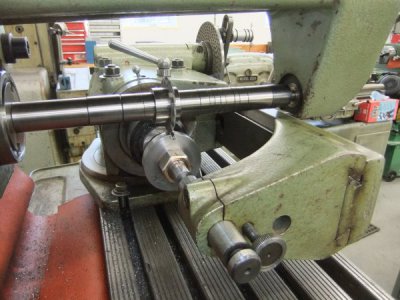Long answer second.
If you have an adjustable 3 jaw chuck dial it in. If not use a 4 jaw.
If a 4 jaw is not available use shims to knock the run out of the 3-jaw to where you require it, this often leads to madness however so be prepared.
Common notebook paper works well for this as a .001 shim under a jaw, making this work can be a frightful experience.
As a disclaimer, I have never once made a gear in the 25 years that I have been working in this business as they are mostly available off the shelf, this merely requires boring, broaching and possibly a setscrew. Companies that make such products produce 100's per day, you cannot compete with that on price.
Good Luck


